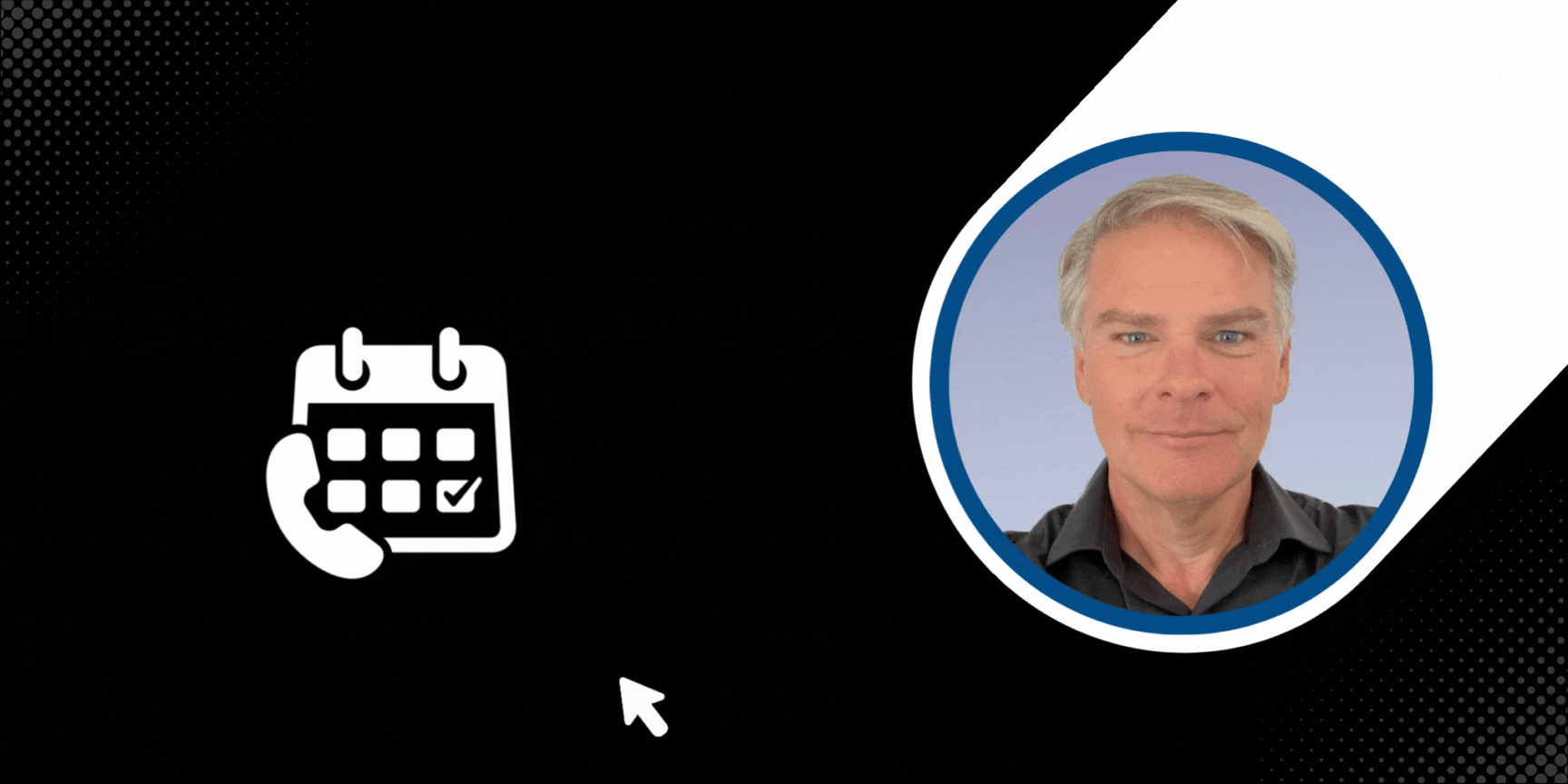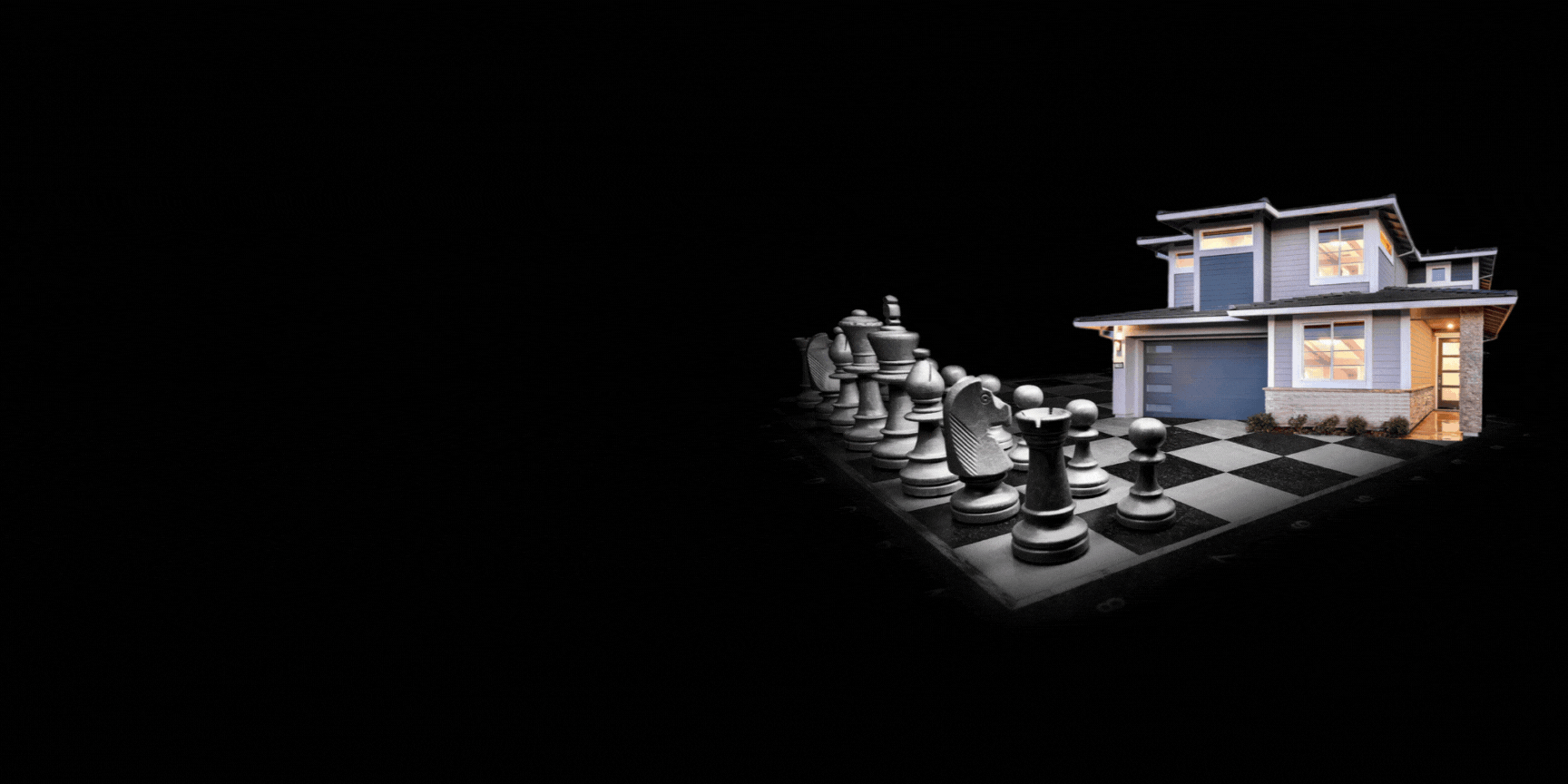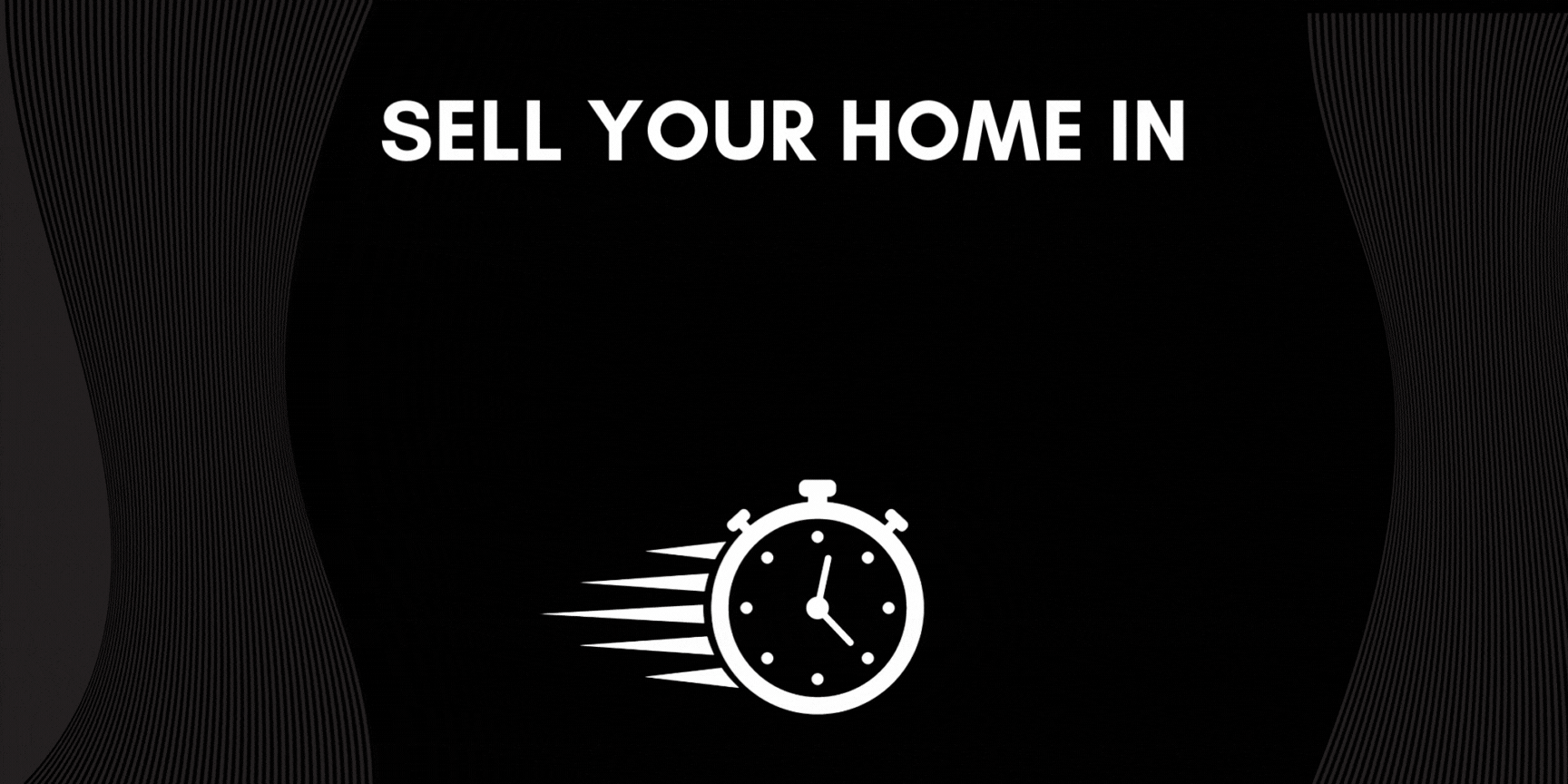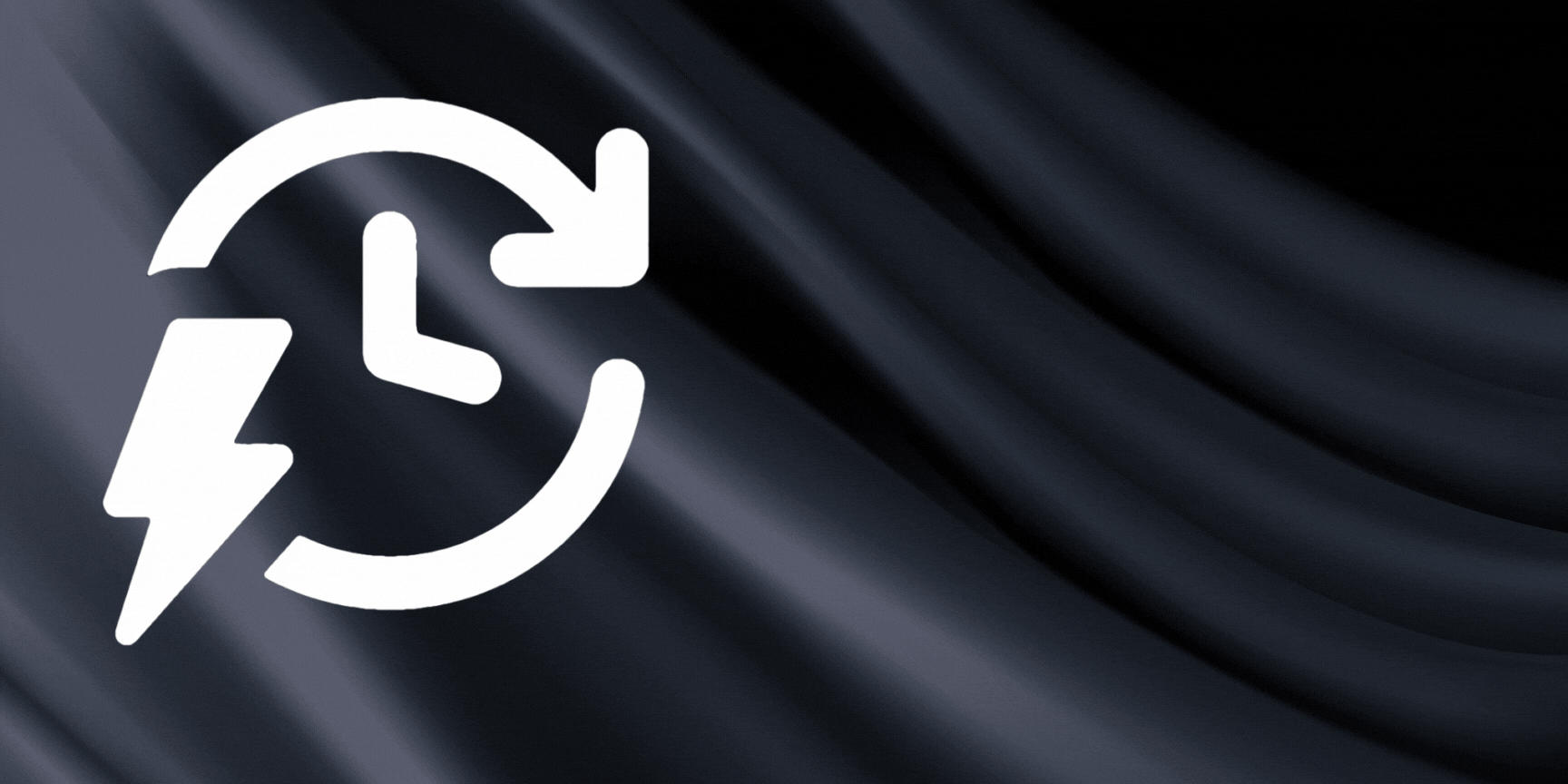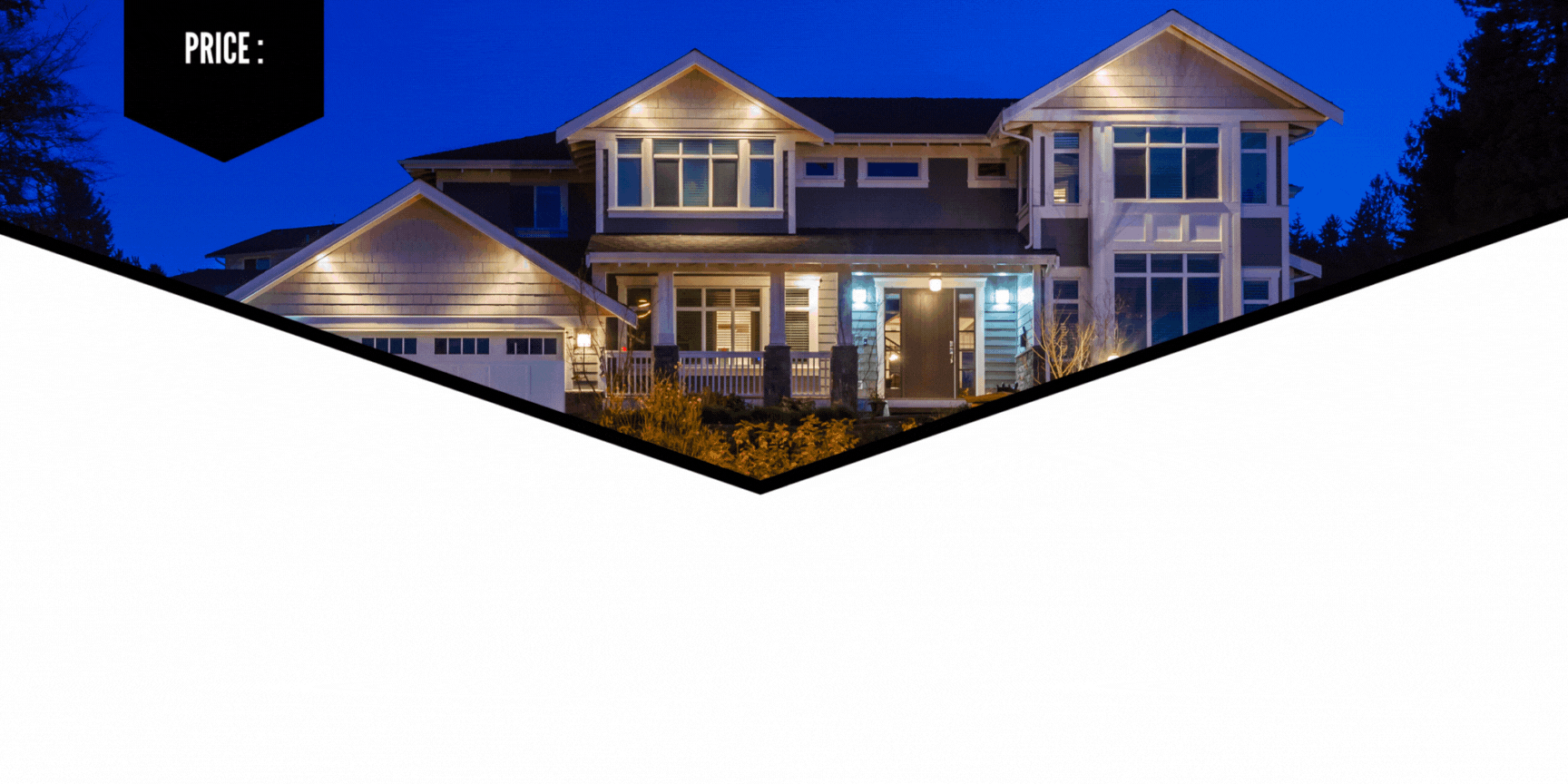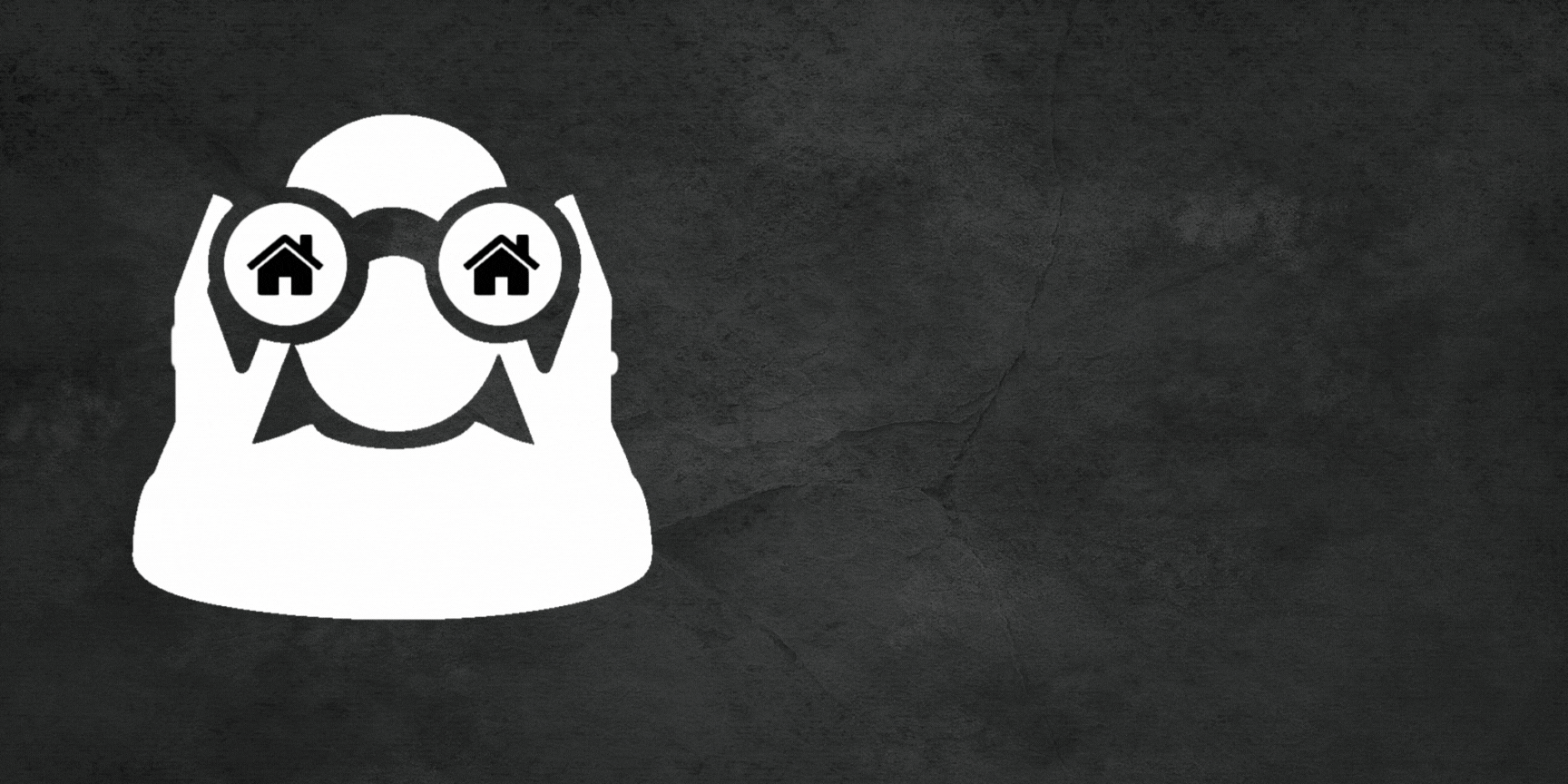Truth be told, I’m pretty much a lifelong Deadhead. I caught my first show at Laguna Seca Raceway in 1987 at the tender age of sixteen, and the show made quite the impression! But that’s a story for another day. But here’s a story that I’d never heard until a few years ago: the very first Grateful Dead concert under that legendary name didn’t happen in San Francisco or the Haight-Ashbury or Magoo’s Pizza – it happened at an old Victorian house in downtown San Jose. Given that we are now on the verge of the Grateful Dead 60th Anniversary concert at Golden Gate Park, I think it’s a fitting time to circle back to a truly monumental property in the heart of Silicon Valley.
In this article, I’ll take you on a trip back to December 4, 1965, when a then-ramshackle old house at 43 South Fifth Street (now relocated to 635 E. St. James Street) hosted a wild party known as an Acid Test. That night, the band formerly called the Warlocks played their first show as “The Grateful Dead,” and the long, strange trip officially began. Let’s dive into the history of that event – how it came to be, what went down, who was there – and the incredible story of the house itself, a 19th-century Victorian that was saved from demolition and still stands today as a living piece of rock ’n’ roll history.
From Warlocks to Grateful Dead: Setting the Stage
By late 1965, the young Palo Alto-based rock band known as the Warlocks was starting to make a name for themselves in the Bay Area’s nascent psychedelic scene. The group – Jerry Garcia, Bob Weir, Phil Lesh, Bill Kreutzmann and Ron “Pigpen” McKernan – had evolved out of earlier folk and jug band experiments in the South Bay. (In fact, Garcia, Weir and Pigpen had played in a jug band called Mother McCree’s Uptown Jug Champions at a San Jose coffeehouse called the Offstage in 1963.) By 1965 they’d gone electric as the Warlocks, playing bars and youth dances. But a big change was coming. Just a few days before the San Jose Acid Test, the band decided to change its name to “The Grateful Dead.”
There are plenty of colorful legends about how the name “Grateful Dead” was chosen – the most common being that Garcia picked up a dictionary and randomly spotted “grateful dead” as an old folk tale term. What’s important for our story is that by the first week of December 1965, the band had renamed itself, leaving the Warlocks moniker behind. They were about to debut their new name in a truly fitting fashion: at one of author Ken Kesey’s infamous Acid Test parties.
Ken Kesey and the Acid Test Scene
Ken Kesey, the author of One Flew Over the Cuckoo’s Nest and a merry prankster of the highest order, was the mastermind behind the Acid Tests. These were multimedia psychedelic parties where (quite literally) the acid (LSD) was the main attraction. Kesey and his group of friends, the self-styled Merry Pranksters, had been hosting Acid Test happenings for their inner circle. But in late 1965, Kesey decided to open the Acid Tests to the public – at least to those “who were meant to be there,” as Tom Wolfe later wrote. The Pranksters sought a way to attract adventurous souls without drawing unwanted attention from the authorities.
Their logic led them to piggyback on a major rock concert in town: on December 4, 1965, the Rolling Stones were scheduled to play at the San Jose Civic Auditorium, one of the biggest music events in the South Bay that year. Kesey’s plan was ingenious and a bit sneaky: he rented a big old house in San Jose for the same night – a house close enough to the Civic Auditorium – and decided to throw an Acid Test after-party there. When the Stones’ concert ended, the Pranksters would lure the exiting crowd to their party with provocative hand-drawn flyers asking, “Can YOU Pass the Acid Test?”.
Finding “Big Nig’s” House – the Last-Minute Venue
The only problem? The Pranksters didn’t have a venue until virtually the last minute. For days they searched San Jose for a hall to host their happening and came up empty. Finally, in true Acid Test fashion, serendipity stepped in. Kesey convinced a local bohemian figure nicknamed “Big Nig” to let them use his place – an “old hulk of a house” he owned at 43 S. Fifth Street.
Who was “Big Nig”? In the mid-60s San Jose scene, Big Nig was the nickname of an African-American landlord and charismatic local character who owned the large Victorian house near the San Jose State College campus . (It was not unusual in those days for colorful nicknames to stick – this one sounds jarring today, but contemporary accounts use it without malice, as it was the name he went by.) Big Nig agreed to rent out his house for one night of revelry. According to one anecdote, he was posted at the door ready to charge a $1 cover to Acid Test attendees – after all, he expected the event to help pay that month’s rent!
With the venue secured literally at the eleventh hour, the Pranksters got to work transforming the old house into a psychedelic funhouse. They strung up Day-Glo lights, set up movie projectors and slide displays, and hauled in a jerry-rigged sound system with echo effects. The atmosphere was being primed for sensory overload. All they needed now was a band capable of providing suitably “weird music” for an all-night LSD-fueled dance party. For that, Kesey turned to his musician friends from Palo Alto – the newly renamed Grateful Dead.
December 4, 1965: The Night of the First Grateful Dead Concert
On the evening of December 4, 1965, the Rolling Stones played two frenzied shows at the San Jose Civic Auditorium. Outside the auditorium after the late show (which probably ended before midnight), scruffy Pranksters in wild costumes mingled with departing Stones fans. They handed out their hand-made invitations – crayon-scrawled flyers reading “Can You Pass the Acid Test?” with the address 43 S. Fifth Street and little else. Only a small fraction of the 3,000+ Stones concert-goers were curious or bold enough to bite, but that was fine – Kesey only wanted those “who were meant to be there” anyway. A trickle of adventurous youths (and who knows, maybe some not-so-youthful hipsters) made their way a few blocks across downtown to the mysterious address near the college campus.
Meanwhile, at Big Nig’s house, preparations were in full swing. The Grateful Dead – Jerry, Bob, Phil, Bill, and Pigpen – arrived and set up their gear, which included Pigpen’s Hammond electric organ (a hefty beast to lug into a living room) and Garcia’s guitars and amps. One challenge: no single room in the old house was large enough to hold the entire band and audience together. So the Dead creatively spread themselves out into two adjoining rooms on the first floor, effectively turning a doorway into the edge of their “stage”. They plugged into the primitive sound system – a tangle of jury-rigged wires and extension cords snaking through the halls. In a later recollection, Bob Weir summed up the scene perfectly: “We took our equipment, we took LSD, we plugged in and we played.”
And play they did. Around midnight, the Acid Test was underway. Kesey’s Pranksters, decked in outrageous costumes, worked the crowd with pranks and absurdist theatrics. One Prankster painted his face Day-Glo orange with silver stars around his eyes ; others ran around handing out noise-makers and toys to enhance the madness. The house itself became a canvas of chaos – black lights and slides projected swirling colors on the walls, and the merry cacophony of sound from the band filled every creaking room and even the crawl space beneath the house where some people congregated!. The Grateful Dead launched into their set, “cranking out their songs” with electric fervor.
What Did the Grateful Dead Play?
Exactly what songs the Dead played at this inaugural show remains somewhat mysterious – no recording or formal setlist from the night exists. The band was still in its infancy, so their repertoire likely included electrified blues and rock’n’roll covers they’d been doing as the Warlocks (think “Good Morning Little Schoolgirl,” “Midnight Hour,” or “Johnny B. Goode”), maybe some early originals or folk tunes turned rock (Pigpen was known to belt out “In the Midnight Hour” around that time, and Garcia loved old folk numbers). It’s also very likely they improvised freely, jamming on riffs to suit the LSD-soaked atmosphere. The Pranksters didn’t want a standard “concert” – they wanted an ongoing soundscape for the Acid Test.
What we do know is that the Dead’s music roared on until about 3:00 AM the next morning. They played through multiple power outages – the dilapidated house’s wiring “would hardly hold a toaster,” as Tom Wolfe quipped, and sure enough the band blew several fuses during the night. The sudden blackouts didn’t stop the party – in true Prankster spirit, someone would scramble to replace the fuse, the lights and amps would flicker back on, and the jam continued. Each time the power surged back, the Dead dove in even louder and more exuberant, treating the blown fuses like just another wild special effect.
Without a formal set break, it’s likely the group played in a loose, continuous manner. Attendee accounts (and Wolfe’s dramatic retelling in The Electric Kool-Aid Acid Test) describe Pigpen’s organ lines vibrating “through every belly in the place” and a throng of dancing bodies “leaping, dervishing” in pure ecstatic release. In those moments, the Dead were less a performing act on a stage and more like shamans leading a communal ritual – exactly the kind of musical experience that would come to define the San Francisco psychedelic scene in the years to follow.
A Party for the Ages: Who Was There?
By all accounts, the crowd that night was a motley mix of Kesey’s inner circle and curious newcomers drawn from the Rolling Stones concert. Estimates of attendance vary – Tom Wolfe’s narrative suggests 200–400 people eventually packed into the house (which seems unbelievable for a private home, but people were likely spilling onto the porch and yard). The reality might have been a bit more modest – perhaps a hundred or two at the peak – yet it was crowded and intense enough that neighbors did indeed call the police to complain about the noise and chaos. (Legend has it the cops showed up, but in the freewheeling mid-60s they weren’t quite sure what to make of the situation – LSD was still legal at that point – and the party more or less wound down on its own by the wee hours.)
One of the most tantalizing anecdotes is that members of the Rolling Stones themselves may have swung by the Acid Test after their gig. In his autobiography, Stones bassist Bill Wyman wrote that he and bandmates Keith Richards and Brian Jones heard about the wild party and decided to stop in out of curiosity. Richards later claimed he had no memory of being there (not surprisingly!). Some historians have cast doubt on this tale – one source calls it “wishful thinking” and suggests Wyman mixed up the Acid Test with another party. Whether the Stones truly showed or not, the mere possibility adds to the lore. I like to imagine a bewildered Keith Richards stepping into that jam-packed Victorian, with Day-Glo paint and strobe lights flickering, and the Grateful Dead wailing away in two different rooms – what a scene!
Also in attendance were many figures of San Francisco’s psychedelic underground. The Pranksters’ resident poet Neal Cassady (of On the Road fame) was likely there, doing his speed-rap monologues. Future LSD proselytizers, student radicals, and artists were rubbing elbows. It was a crossroad moment where the Bay Area bohemian, rock, and counterculture worlds all converged in one house. As San Jose journalist Mark Purdy later wrote, “by any measure, that night…is one of rock and roll’s most significant dates – which makes the address of 43 South Fifth Street…one of the world’s most historic musical spots”. In that house on that night, the Grateful Dead were born as a live band and the psychedelic era truly kicked off in the Bay Area.
Bob Weir reflected on the significance of the moment in an interview decades later: “It was the first official on-stage performance of the Grateful Dead… We took our equipment, we took LSD, we plugged in and we played.” The energy and magic of that Acid Test would set the template for countless Dead shows to come – blending music, adventure, spontaneity, and a sense of community experimentation. Little could anyone present have known that this scruffy bar band playing in a crumbling San Jose rental house would become one of the most influential music groups in history. But by 3 AM on December 5, 1965, as the last feedback notes faded and the crowd drifted off into the night, the long strange trip had officially begun.
Fun fact: Just six days later, the Grateful Dead would play their first show in San Francisco, at the Fillmore Auditorium on December 10, 1965. The San Jose Acid Test launched them, and within a week they were on the marquee in the city, poised to become central figures in the burgeoning psychedelic music scene.
The House Behind the Music: History of 43 S. Fifth Street
Now let’s shine a light on the house itself – an unlikely character in this story that has its own remarkable journey. The building that hosted the Acid Test was a large Victorian home built in 1895. Architecturally, it’s described as a Queen Anne Victorian, which likely means it boasted the classic features of that style: an asymmetrical facade, ornate wood trim, a gabled roofline and possibly a wrap-around porch or bay windows. Indeed, photos of the house show a two-story structure with a corner bay and decorative spindlework – a grand old house that by the 1960s had probably seen better days.
In the late 19th century, San Jose’s downtown and nearby Naglee Park area (where the house would eventually be moved) were populated with elegant homes like this, built by prosperous families of the valley. We don’t know exactly who built or first lived in 43 S. Fifth Street – those details have been lost to time or buried in archives – but by the mid-20th century, the house had become a rental property near the college. Its slightly run-down condition made it a perfect gathering spot for students, beatniks, and eventually hippies. In other words, it had just the right “lived-in” vibe for an Acid Test.
After the Grateful Dead’s legendary night, the house didn’t retreat back into obscurity. In fact, it earned the nickname “The High House” locally, and became something of a hub for counterculture activity in the years that followed. During the late 1960s, the house was actually used as the headquarters for the San Jose State chapter of SDS (Students for a Democratic Society), the radical student activist organization. One can only imagine the meetings and organizing sessions that took place within those walls as the Vietnam War protests ramped up.
The house also doubled as a musicians’ crash pad and rehearsal space. A local band called Throckmorton lived there for a time in the late ’60s. According to Ron Cook, a member of Throckmorton and later owner of a music shop in Santa Cruz, the band members went to great lengths to make the old Victorian work as a practice space. They filled the basement walls with sand to create a soundproof rehearsal room! It sounds crazy, but it must have worked – that sand-filled basement hosted jam sessions that drew notable visitors. Cook recalls that Skip Spence of Moby Grape, and Pat Simmons and Ty Porter (future members of the Doobie Brothers) were among the musicians who hung out and jammed at the house. Even a young Stevie Nicks – then a San Jose State student years before she found fame with Fleetwood Mac – is said to have frequented the open-house music scene there.
By the early 1970s, with the hippie era cooling down, the house settled into use as normal off-campus student housing. It’s easy to picture successive generations of San Jose State students renting out rooms in that big old place, perhaps unaware of the psychedelic legacy attached to it. Eventually, however, the house’s days at its original site were numbered.
Rescuing a Rock Landmark: Moving the House to 635 E. St. James St.
Fast-forward to the late 1990s: San Jose city planners had designs on the block where 43 S. Fifth Street stood. The city was preparing to build a brand-new San Jose City Hall complex in the area of Fifth and East Santa Clara Streets. That meant many old structures on the site faced demolition. The historic Victorian on Fifth Street – by then well over 100 years old – was directly in the path of the wrecking ball.
Thankfully, preservationists and city officials recognized that this particular house had historic value. In 2003, a plan was hatched to save the Grateful Dead/Acid Test house by moving it to a new location rather than tearing it down . The San Jose Redevelopment Agency took charge, and they found a willing buyer who made an intriguing offer: if the city would move the 1895 Victorian to an empty lot about a mile away, the buyer would renovate and preserve it .
The 1895 Queen Anne Victorian house as it looks today at its new location (635 E. St. James Street in San Jose). This is the very same house that hosted the Grateful Dead’s first concert in 1965 – lovingly restored instead of being demolished.
So, in 2003, this entire house was literally picked up from its foundation and transported roughly a mile east to a lot on East St. James Street (in the Naglee Park neighborhood). Moving a 2,700-square-foot Victorian is no small feat – it likely involved hydraulic jacks, a flatbed trailer, and a slow procession of utility crews lifting power lines along the route. But the move was a success. The house that had once stood at 43 S. Fifth now settled into a new address: 635 E. St. James St..
A local couple, John and Krista Salas, had purchased the house (reports say it sold for about $225,000 in the late ’90s, which sounds like a steal even then). They embarked on an extensive restoration project to bring the old Victorian back to its former glory. The exterior had suffered from age and likely multiple coats of dubious paint over the decades, but after the move it was “redone spectacularly,” according to one account. Today the house sports a vibrant green paint job with cream and burgundy trim – a classic Victorian “painted lady” look. The ornamental details on the eaves and porch have been restored, and the overall structure looks probably better than it ever did when a bunch of hippies were blowing fuses in 1965.
The interior renovation took some time – as of a few years after the move, work was still underway to modernize electrical and plumbing while preserving historic charm. One can assume they had to completely rewire the house (no more feeble wiring that can’t handle a toaster!) and install a new foundation and support beams when it was moved. I can’t help but smile at the thought that this home, once an electrical nightmare during the Acid Test, now likely has up-to-code wiring that could support a full modern rock band’s equipment… if ever the owners were inclined to host such a jam.
In restoring the interior, the owners would have kept features like high ceilings, wood banisters, and Victorian trim where possible, while making the place livable for a modern family. (I wonder if they found traces of sand in the basement walls from the Throckmorton days – or relics like an old hand-drawn Acid Test flyer tucked in an attic corner!) The renovation was truly a labor of love. Bill Ekern, the city official who oversaw the house’s relocation, admitted he “had no clue” of the building’s rock’n’roll history at the time. He just knew it was a historic home worth saving. Later on, when he learned the backstory, Ekern said, “I’ll have to go back and read Wolfe’s book.” It’s a relief to know that the people involved in moving the house came to appreciate the cultural significance of what they’d preserved.
A Lasting Legacy in San Jose
Today, the Grateful Dead’s first concert house stands quietly behind a fence wrapped in bougainvillea vines and shaded by a sprawling pepper tree on St. James Street (a setting much more serene than the urban governmental plaza that now occupies its original site). It is a private residence, not open to the public, and it hasn’t been on the real estate market since the Salas family took ownership decades ago. To the casual passerby, it’s just another beautifully restored Victorian home in San Jose’s historic core. But to those in the know – especially us Deadheads – it’s hallowed ground.
The site where it first stood, near Fifth and Santa Clara, is now under San Jose’s modern City Hall complex. In fact, the spot of the Acid Test is roughly beneath what is now the City Council chambers – quite a transformation from LSD-fueled dance frenzy to buttoned-up civic meetings! Recognizing the significance of this piece of history, San Jose officials and local music historians have recently made efforts to commemorate the event. There is talk of installing a historic plaque at City Hall to mark the site of the Grateful Dead’s first performance under their iconic name (plans have been approved to unveil such a marker on the 60th anniversary, December 4, 2025, which speaks to how proud the city now is of this unique heritage).
For me, as a Grateful Dead fan living in the Bay Area, knowing this history deepens my appreciation for San Jose’s role in the band’s story. The first Grateful Dead concert wasn’t a grand affair on a big stage – it was a raucous, communal party in a Victorian house, with all the electricity (literal and figurative) that you could ask for. The fact that the house survived all these years and can still be seen today is just incredible. Sometimes I take a drive through downtown San Jose and swing by 635 E. St. James Street, just to gaze at that green Victorian. I imagine the windows pulsing with colored lights and the sound of Garcia’s guitar spilling into the night air back in ’65. You can almost hear the echoes if you listen closely.
Key Takeaways:
- The first Grateful Dead concert under that name took place at an Acid Test party in San Jose on Dec 4, 1965 – not in San Francisco. This was a private house party organized by Ken Kesey and the Merry Pranksters.
- The venue was a Victorian house (built 1895) at 43 S. Fifth Street. The band set up in cramped living rooms and played until 3 AM, blowing fuses and driving the neighbors crazy. No official setlist exists (no recordings either) , but the vibe was one of free-form psychedelic improvisation and joyous chaos.
- This night is considered the first public Acid Test and the Grateful Dead’s debut. It was timed to follow a Rolling Stones concert; about 700 flyers were handed out and a couple hundred adventurous souls attended. (Rumor has it even some Rolling Stones dropped by! )
- After 1965, the house became a hangout known as the “High House,” hosting SDS activists and local musicians. Members of Moby Grape, the Doobie Brothers, and even Stevie Nicks rehearsed or jammed there in the late ’60s.
- In the 2000s, the historic house was saved from demolition. In 2003 it was moved to 635 E. St. James Street to make way for the new City Hall. A private buyer restored its exterior and interior, preserving this piece of music history. The house is a beautiful Queen Anne Victorian today – a protected landmark that stands as a tangible link to the Grateful Dead’s origins.
It’s amazing to think that right here in San Jose – often overshadowed by San Francisco in ’60s lore – the Grateful Dead had their true first concert under their iconic name now known around the world. The next time you’re in downtown San Jose, you might just want to take a stroll by 635 E. St. James Street and pay quiet homage to the house that launched the Dead. It may look serene now, but if those walls could talk, they’d tell of one outrageously psychedelic night in 1965 when rock history was made in their living room. And as a Deadhead, knowing that story is like finding a secret treasure in my own backyard – a reminder that the spirit of the Dead is woven into the fabric of the whole Bay Area, far beyond the Haight. What a long, strange trip it’s been!
Sources:
- Mark Purdy, “How San Jose Became Dead First — And Hosted The Band’s Debut Performance,” San Jose Rocks.
- Jerry’s Brokendown Palaces blog – entry on “Big Nig’s House” detailing the Dec 4, 1965 Acid Test and house history.
- Tom Wolfe, The Electric Kool-Aid Acid Test (1968) – vivid account of the San Jose Acid Test (excerpted in sources).
- Dan Orloff & SanJoseRocks.org, “Unraveling The History Of The First Grateful Dead Show” – timeline of the event and aftermath.
- Work & Money (workandmoney.com) – “Grateful Dead Houses Then and Now” – includes Bob Weir quote about the first show and details on the house’s relocation.
- HooterollinAround blog – “South Bay Landmark Guide” – mentions the house, band Throckmorton, and relocation.
- Setlist.fm entry for 12/4/65 – notes “First show as Grateful Dead” (no songs listed).
- Compass property info – confirms house as Queen Anne Victorian, built 1895, 6 bed/3 bath (2726 sq ft).
Wonderful San Jose Homes for Sale
2
3
4
5
6
7
8
9
10
11
12
13
14
15
16
17
18
19
20
21
22
23
24
25
